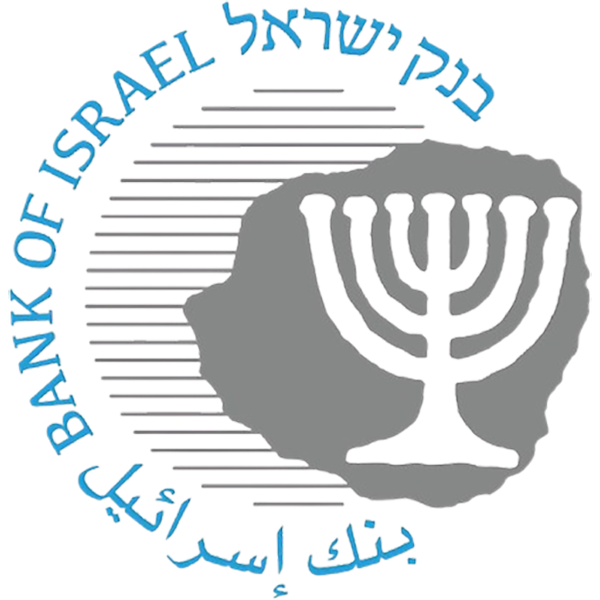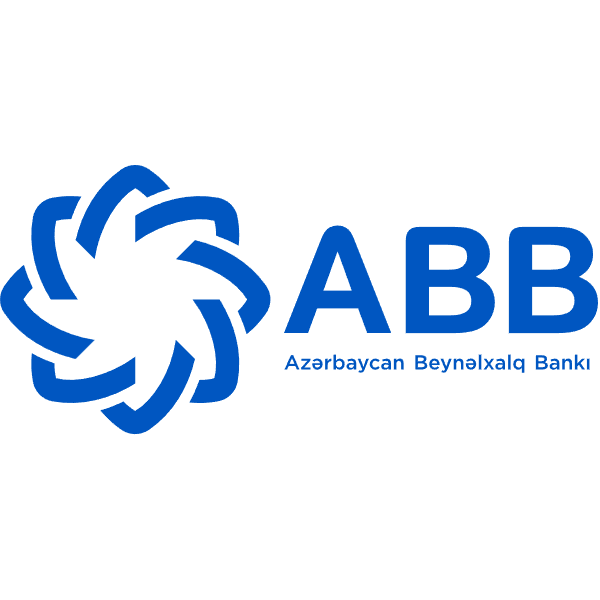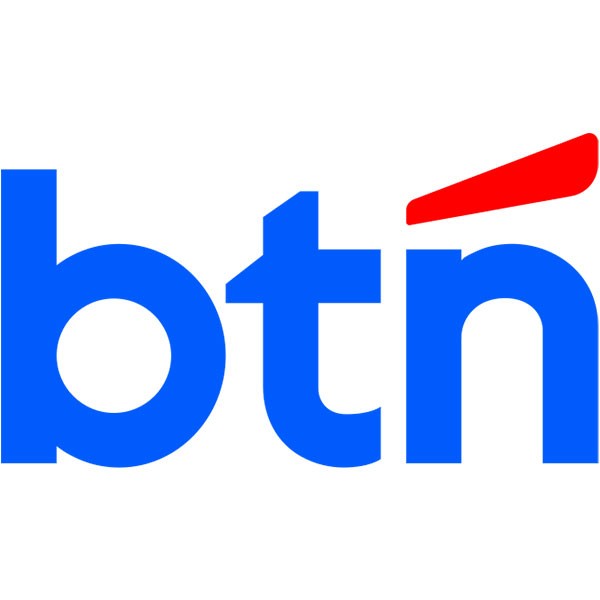The
Reserve Bank of India (RBI) is the central bank of India, established in 1935 and headquartered in Mumbai. As the country's monetary and financial regulator, the RBI plays a central role in the Indian economy. Its responsibilities include issuing currency, supervising the banking system, setting monetary policy, managing foreign exchange reserves, and promoting financial stability. The RBI is a state-owned institution that is wholly owned by the Government of India.
Scope of
ServicesRBI's services cover the whole of India and primarily influence financial institutions across the country through policy and regulation. While RBI itself does not provide retail banking services directly, its policy and regulatory decisions have broad implications for all commercial banks, cooperative banks and non-bank financial institutions. In addition, RBI carries out its responsibilities nationally through its established branches and regional offices.
Regulation & ComplianceAs
India's top financial regulator, the RBI itself is not regulated by other institutions. However, the RBI is responsible for regulating India's banking and financial system, ensuring its stability and compliance. In addition, RBI provides deposit insurance services through its subsidiary, the Deposit Insurance and Credit Guarantee Corporation (DICGC). DICGC provides deposit insurance protection of up to ₹500,000 per depositor.
Financial healthAs
a central bank, RBI does not focus on profitability, and its financial health is mainly reflected in its ability to manage its assets and liabilities and implement monetary policy. The RBI manages market liquidity and controls inflation through tools such as open market operations, statutory liquidity ratios (SLRs) and cash reserve ratios (CRRs). So far, the RBI has taken a number of measures, including adjusting the CRR and conducting foreign exchange swaps, to inject liquidity into the banking system.
Digital Service Experience
RBI has played a key role in driving the digitalization of India's financial system. Its Unified Payments Interface (UPI) and National Electronic Funds Transfer System (NEFT) have greatly facilitated cashless transactions and real-time payments. In addition, RBI is actively pursuing a pilot project on the Digital Rupee to explore the application of a central bank digital currency (CBDC).
Quality of Customer ServiceAs
a central bank, the RBI does not deal directly with retail customers, but it has indirectly improved the quality of customer service across the financial system by setting up complaint handling mechanisms and consumer education programs. RBI has a dedicated consumer education and protection department that handles complaints and suggestions from the public about banking services.
Security and
SafeguardsRBI attaches great importance to the security of the financial system and has developed and implemented a series of policies and guidelines to ensure the operational safety of banks and financial institutions. This includes requiring banks to adopt advanced anti-fraud technologies, strengthen cybersecurity measures, and comply with international security standards. In addition, the RBI provides insurance coverage to depositors through the DICGC, which strengthens public confidence in the banking system.
Distinctive Services & DifferentiationRBI
is committed to driving financial inclusion, with a particular focus on the financial services needs of rural areas and vulnerable populations. By formulating priority lending policies and promoting microcredit, the RBI encourages banks to provide financial services to agriculture, small and micro enterprises, and the poor. In addition, RBI supports green finance and sustainability projects to promote environmental, social and governance (ESG) investments.
















